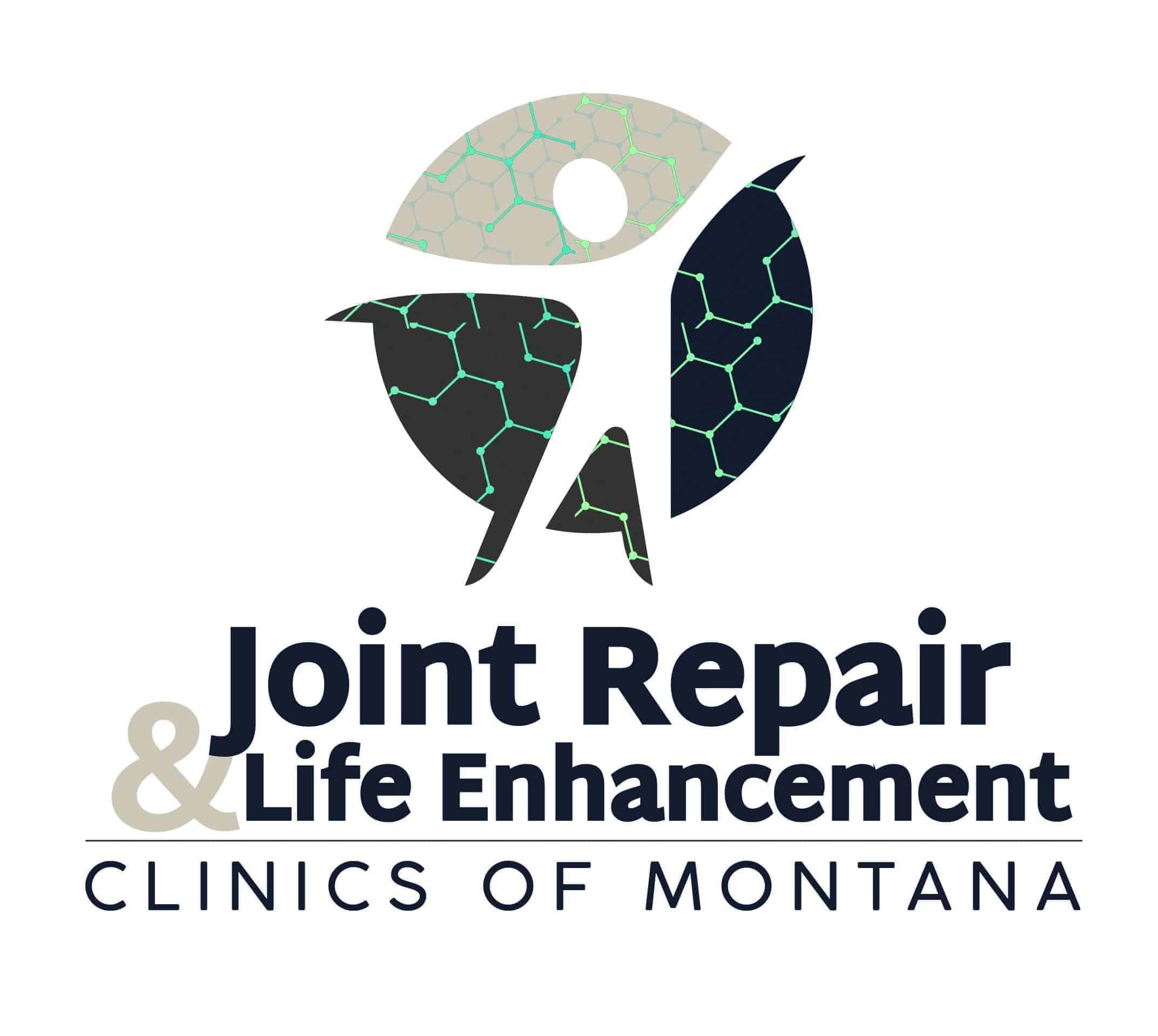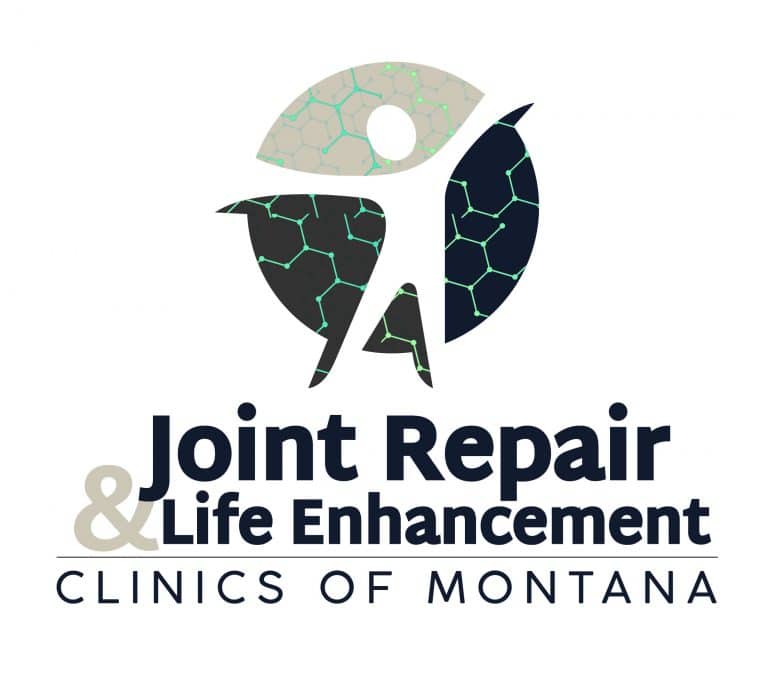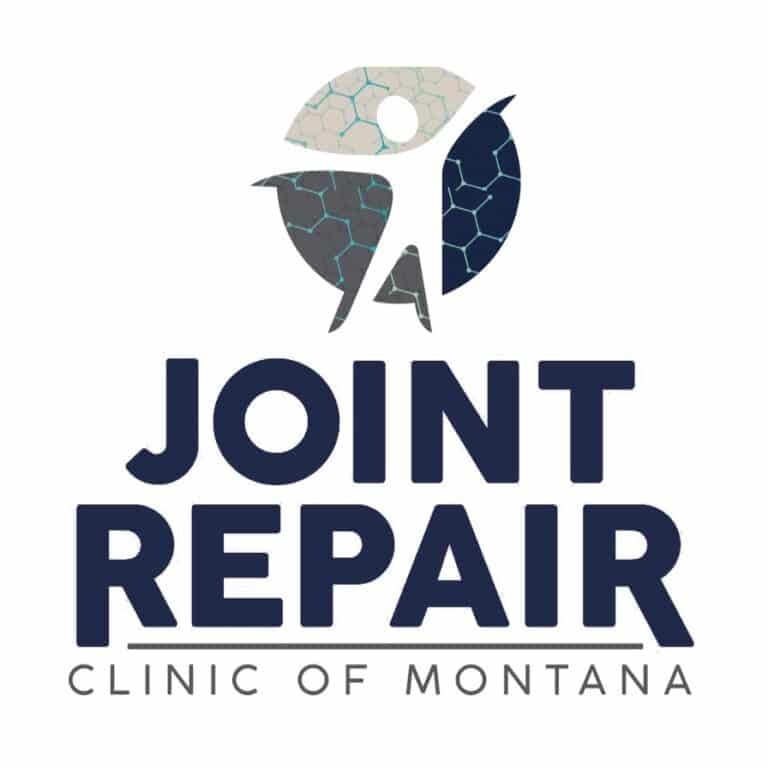Platelet-Rich Plasma Injection

Treatment for Joint Pain Using Platelet-Rich Plasma (PRP) Injection by Regenerative Medicine Specialist in Bozeman, Big Sky, Helena, Billings, and Missoula, MT
Arthritis and other joint disorders can cause a lot of pain. Athletes, manual laborers, and anyone with active lifestyles may find it difficult to continue their daily routines if they have joint pain. Fortunately, new treatments are available that can help reduce the pain associated with these conditions. Reducing pain is a major goal of treatment for most people with arthritis or other diseases that affect the joints. This is what we’re all about at Joint Repair Clinic of Montana. One of our treatment modalities involves injections directly into the joint of a substance known as platelet-rich plasma (PRP). Read on to learn more about PRP for joint pain in Montana and how it might be able to help you.
What is Platelet Rich Plasma (PRP) Treatment?
Platelet-rich plasma is a type of regenerative sports medicine involving a blood plasma sample with a significantly higher concentration of platelets than normal blood. These are the regenerative cells in our blood that help promote your body’s natural healing. When concentrated and injected into the affected joint, PRP can help reduce pain and improve the healing process. It has been available in the U.S. since the early 2000s, and numerous studies have reported positive results. Platelet rich plasma is believed to work by stimulating the growth of new tissue in the affected joint. It can be used to treat arthritic conditions, such as osteoarthritis and rheumatoid arthritis, or sports injuries.
The treatment is generally considered safe, with few side effects reported. A 2017 review on the use of PRP for joint pain found that the most common side effects were bruising and bleeding at the site of the needle injection and that there was little evidence that the benefits persisted past two months.
A PRP treatment typically requires a small blood sample, which is then centrifuged to concentrate the platelets. The platelets are then injected into the affected joint. PRP treatments typically require multiple sessions over a period of several weeks or months, depending on the severity of the condition being treated.
PRP has been used in orthopedic medicine since the late 1990s, with early clinical studies showing promising results. However, the results of these studies have not been replicated in larger trials.
How Does Extensive Regenerative PRP Therapy Help for Joint Pain Condition?
PRP works in two ways. First, it is rich in growth factors, stimulating the healing process. When these factors are injected into the joint, they can increase collagen production and help reduce pain.
Second, PRP contains proteins that activate the immune system. This can reduce inflammation and accelerate the healing process.
The PRP procedure is relatively straightforward. A small amount of blood is taken from a patient’s arm and put into a machine that separates the plasma from the red and white blood cells. The plasma is then injected into the joint, where it can help promote healing.
The procedure is performed by a trained physician. It is often done during an office visit and is relatively inexpensive.
For joint pain, PRP therapy is used to treat osteoarthritis and degeneration of the knee, hip, spine, neck, shoulder, wrist, and ankle.
Learn How To Avoid Surgery With Platelet-Rich Plasma in Sports Medicine
Platelet rich plasma injections have been used for years as a trusted therapy in sports medicine and orthopedic clinics to relieve joint pain. It is used by professional athletes like Tiger Woods, Kobe Bryant, Rafael Nadal, and LeBron James.
Platelet-rich plasma is a natural healing method in which the patient’s own blood is drawn, then the platelet rich portion of the blood is concentrated and injected back into the body. It has been used to treat tendonitis and bursitis with great success.
These natural cells have been shown to reduce pain for up to six months after treatment. The procedure takes about an hour, with some soreness for 24 hours afterward. Some patients report feeling better within days after treatment.
Orthopedic surgeons approve of PRP as an alternative to orthopedic surgery for patients with persistent pain due to a torn rotator cuff.
Some patients receive PRP as a part of their hip, knee, or shoulder replacement surgery. This is done on the premise that the healing process will occur more quickly with the help of PRP.
The cost of PRP injections typically runs between $500 and $1,000 per session.
What do Medical Doctors think of PRP?
PRP is a promising treatment option for many conditions, and medical doctors generally support its use. PRP is an exciting and promising option for many conditions. PRP offers a number of advantages. It can be used to treat a wide variety of different conditions, with minimal side effects. As well, it can often be used in conjunction with other treatments without interfering with their effectiveness. Finally, the cost is relatively low compared to other treatments on the market.
Does PRP work well with Physical Therapy?
How Does a PRP Injection Feel?
As with any injection, there is a brief stinging sensation as the PRP is injected into the joint. Patients describe the feeling as similar to getting a shot. Overall, the procedure is not very painful, and many patients say they experience significant relief from joint pain as soon as 24 hours after the injection.
Who is a Good Candidate for PRP Injections in Montana?
Anyone with joint pain or inflammation may be a good candidate for PRP injections. Those with rheumatoid arthritis, osteoarthritis, tendinitis, bursitis, ligament sprains or strains, and joint injuries are among those who may be candidates. A torn tendon or injured ligament is certainly a candidate.
Is There Any Downside?
There is virtually no risk associated with PRP injections. Occasionally, patients may develop some redness and mild swelling at the injection site. Although rare, a small percentage of patients report an allergic reaction to the PRP injection.
Treatment Options for Transforming Joint Dysfunction into Joint Wellness
If you suffer from joint pain near Bozeman, Billings, Helena, Big Sky, or Missoula, PRP injections may be able to provide significant pain relief. The procedure is minimally invasive, safe, inexpensive, and easy to perform. Many patients report positive results because platelet rich plasma therapy is natural, fast, and effective with little to no pain.
Combined with our many different treatments, including Human Umbilical Cord Tissue allograft injection containing stem cells, Ozone therapy, PEMF mat, Med Shock Wave therapy, and Peripheral Neuropathy treatment, we are confident we can help you reduce or eliminate joint pain throughout your body.
More Information
Click one of the following links for more information about regenerative medicine, PRP, and our other advanced natural medical technology.
Schedule Your Initial Consultation
We have a wide variety of patients who travel from all over the state to experience the professional care we offer at Joint Repair Clinic of Montana. We offer an initial consultation with our leading doctor, Dr. Spence Jahner, to determine if this treatment is right for you.
Contact us today to schedule an appointment.


